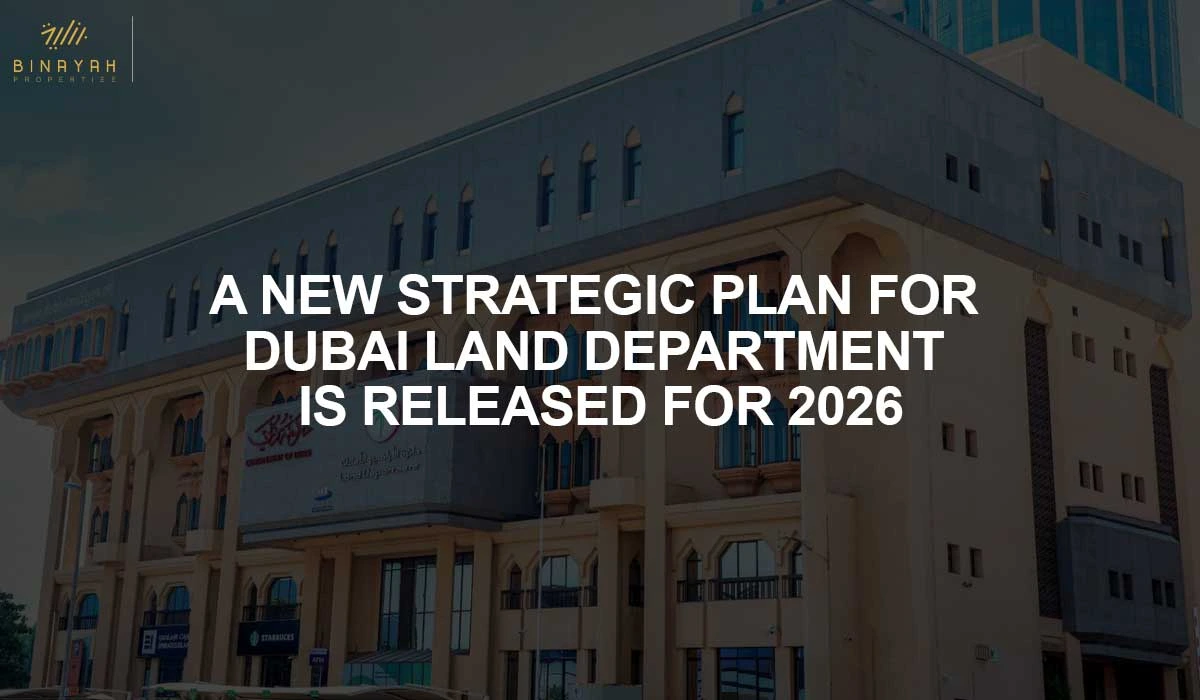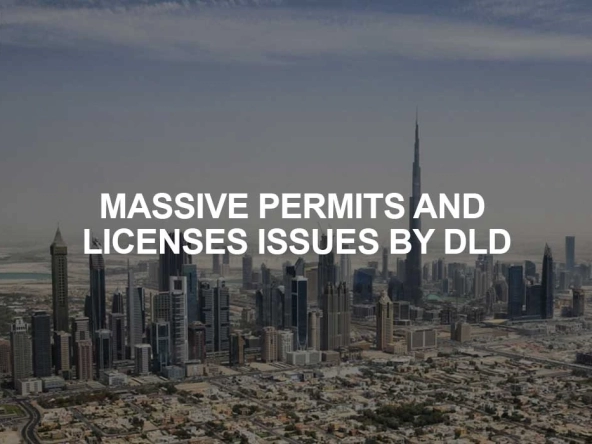The Goal Of The Strategy Is To Elevate Dubai To The Status Of A Global Real Estate Role Model.
The Dubai Land Department (DLD) unveiled its updated strategic plan and vision. Defining its characteristics and defining its trajectories through 2026. The new strategy will be implemented in three phases. With each phase involving the creation of a strategic plan for the department by DLD’s staff, partners, and clients.
Launching quick-gain initiatives is the first step in ensuring that DLD adapts to the suggested changes. The second stage involves empowering both the real estate industry and DLD. While also giving them the support they need to carry out the transformation successfully. 3rd stage involves creating a long-lasting impact by extending sphere of influence to include the entire world’s real estate market.
The updated strategy announced by DLD at a time. When the UAE is solidifying its position in global sustainable and comprehensive development. Through noteworthy accomplishments at all levels.
The finalized strategy is the result of ongoing efforts made by various team members at DLD to guarantee the best outcomes. That are compatible with present and expected future global developments and practices. Along with advancing the goals of the other industries and strategic directions. The new strategy also adds value by boosting the GDP contributions of the real estate sector to Dubai.
Possibilities And Obstacles Within The Five Main Pillars
The new strategic plan was prepared with a number of innovative and forward-thinking ideas. The most notable of which were the five main pillars. The first is a groundbreaking real estate model that improves the sector’s sustainability and readiness. Thile ensuring efficient real estate sector governance. The second pillar entails acting as an incubator for real estate innovation by promoting an appealing real estate market. On a global scale and utilizing technology to speed the creation of real estate solutions.
The third pillar is a data-driven industry that maximizes the value added to sector data. And improves the real estate sector’s awareness, trust, and transparency. The goal of the fourth pillar, Agile DLD, is to create a thriving digital ecosystem. Improve the effectiveness of DLD’s operations and corporate governance, and promote collaborations between the public and private sectors.
The fifth and final pillar is called Exceptional Journeys 2.0, and it focuses on creating an environment. Where employees come first, revitalizing and strengthening DLD’s brand, and adopting a proactive, “human”-centered strategy.
The priority matrix and ease of application have both been used to identify and classify the strategic initiatives. So that the team members can work to ensure the best possible implementation of them in collaboration with various partners and clients. This serves as a motivator and source of support for DLD’s transformation and moves from its present state to its future state.
These projects are spread across the five aforementioned pillars in order to provide everything necessary. For creating the ambitious strategic plan. In addition to establishing strategic performance indicators, DLD aims to support the objectives and strategic directions of the sectors. By offering long-term, sustainable solutions, and addressing the challenges and opportunities that are represented by these pillars.
According to four key principles, the development of DLD’s updated strategy was proffered to ensure the best outcomes. The first principle was the sustainable impact, which called for focusing DLD’s efforts on achieving evolution and sustainable growth in the real estate sector. The second principle is a local adaptation.
Which entails taking global practices and tailoring them to the particular characteristics and requirements of the Dubai real estate market. The third tenet is global leadership, which will be implemented by creating a strategy to position Dubai as a leader in the real estate industry. The fourth principle calls for collaboration and alignment by embracing a participatory strategy. That involves all parties involved and those who are affected by DLD’s plan.






